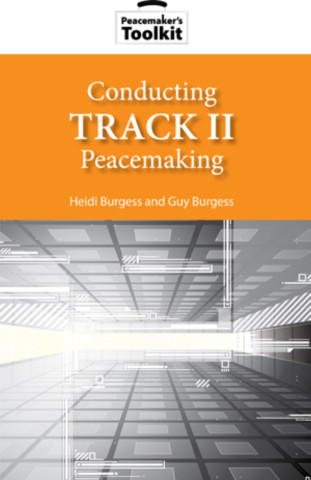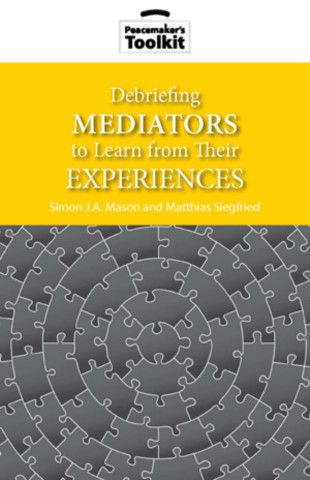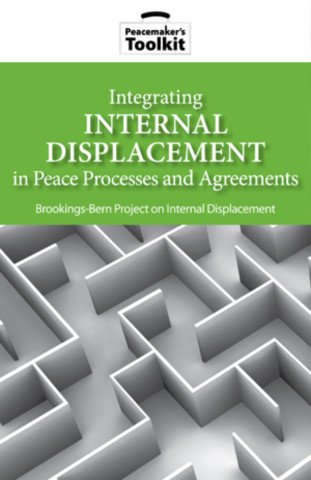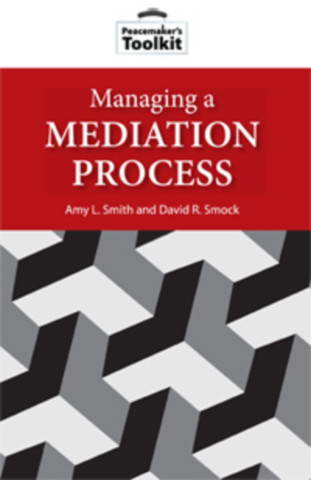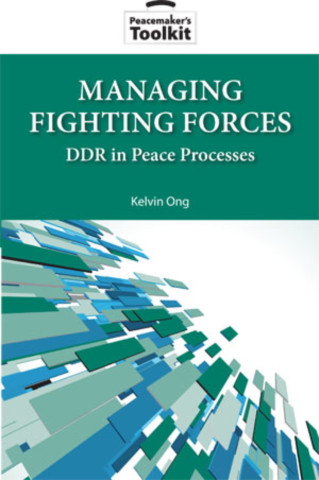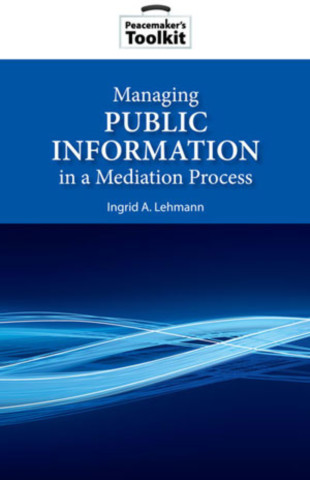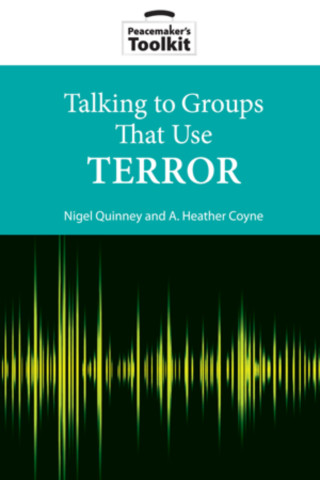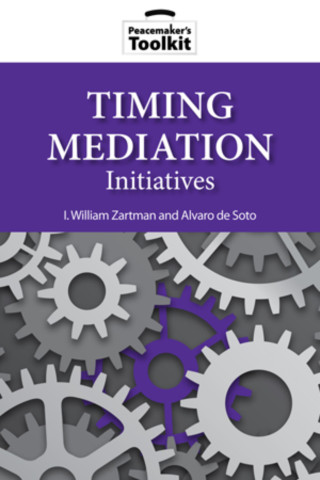Peacemaker Toolkits
- Sort by
Conducting Track II Peacemaking presents the process of track II intervention as a series of steps that guide peacemakers in coordinating various track II efforts to maximize their positive impacts.
Debriefing Mediators to Learn from Their Experiences examines interviews conducted with mediators to learn lessons about their mediation “method.”
Leading experts on mediation and the plight of internally displaced persons (IDPs) collaborated to produce this handbook, which gives mediators the tools they need to incorporate IDPs' concerns into peace processes and agreements.
Managing the Mediation Process offers an overview of the process of mediating interstate and intrastate conflicts. Each of its six chapters covers a different step in the process, identifying what needs to be done at that step and how best to accomplish it.
Providing guidance on the mediation and negotiation aspects of disarmament, demobilization, and reintegration(DDR) programs, this toolkit lays out eight detailed steps that mediators can take to establish appropriate linkages between DDR and other aspects of a peace process.
Managing Public Information in a Mediation Process, the second handbook in the Peacemaker's Toolkit series, helps mediators identify and develop the resources and strategies they need to reach these audiences. It highlights essential information tasks and functions, discusses key challenges and opportunities, and provides expert guidance on effective approaches. Examples from past mediations illustrate how various strategies have played out in practice.
This handbook poses and attempts to answer a series of basic, but complex, questions: Is there any advantage to the peace process in inviting or permitting the participation of proscribed armed groups (PAGs)? What kinds of PAGs are worth talking to and which are not? What form should the talks take and whom should they involve?
This toolkit lays out five steps mediators can take to determine when a conflict is ripe for mediation.
This volume explores how peacemakers can productively work with informal mini coalitions of states or intergovernmental organizations that provide support for resolving conflicts and implementing peace agreements—an innovation often referred to as groups of “Friends.”

